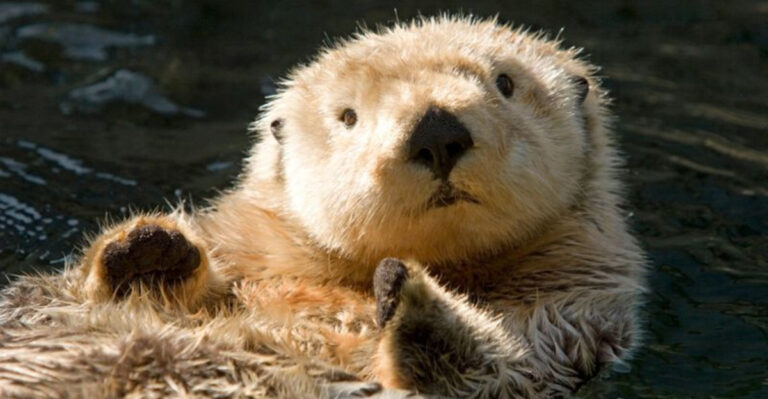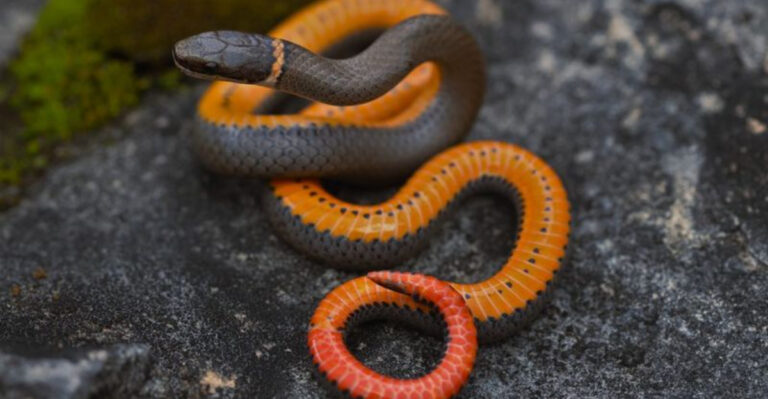10 Big Cats Flourishing Thanks To Conservation Efforts
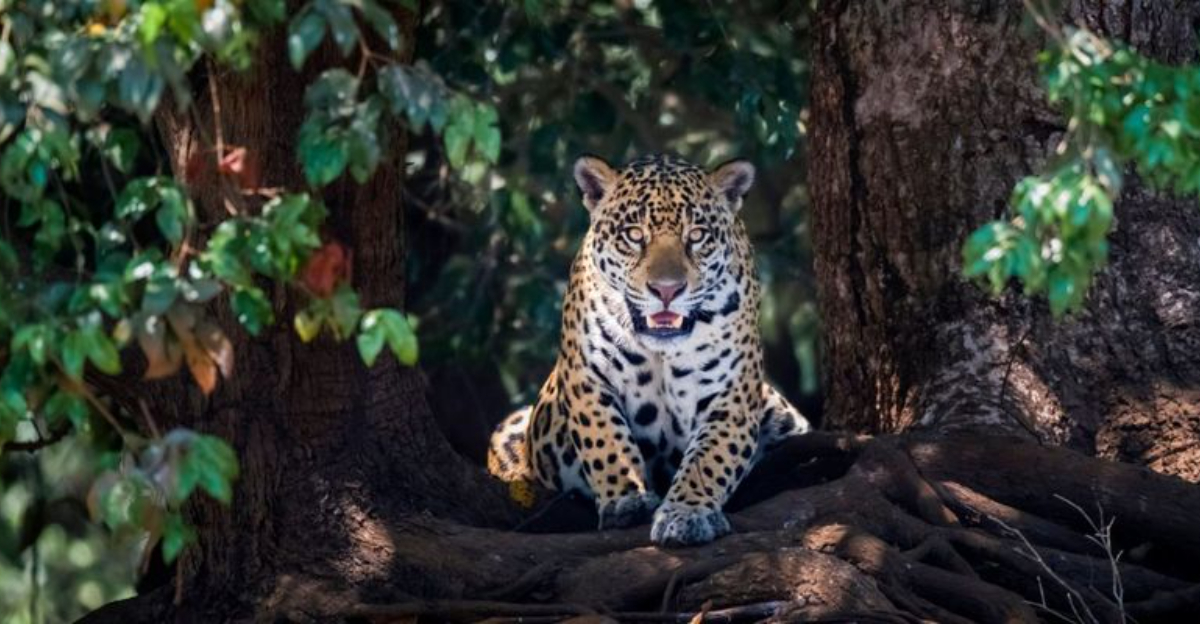
Big cats around the world face threats from habitat loss, poaching, and human conflict. But there’s hope!
Conservation efforts are making a real difference for these magnificent predators. Let’s explore ten big cat species that are bouncing back thanks to dedicated protection programs.
1. Amur Leopard
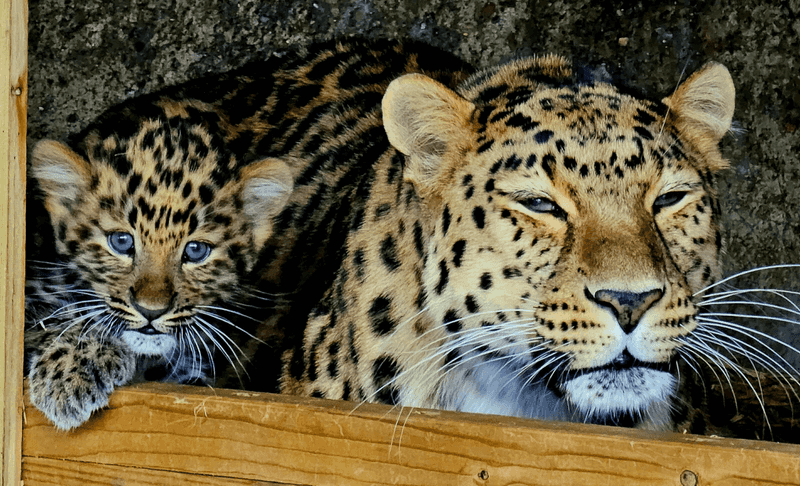
From just 30 individuals in 2007 to nearly 100 today, the Amur leopard’s comeback is nothing short of miraculous.
Russian and Chinese authorities created protected zones spanning both countries. Local communities now participate in anti-poaching patrols, while wildlife corridors allow these spotted cats to expand their range safely.
2. Siberian Tiger
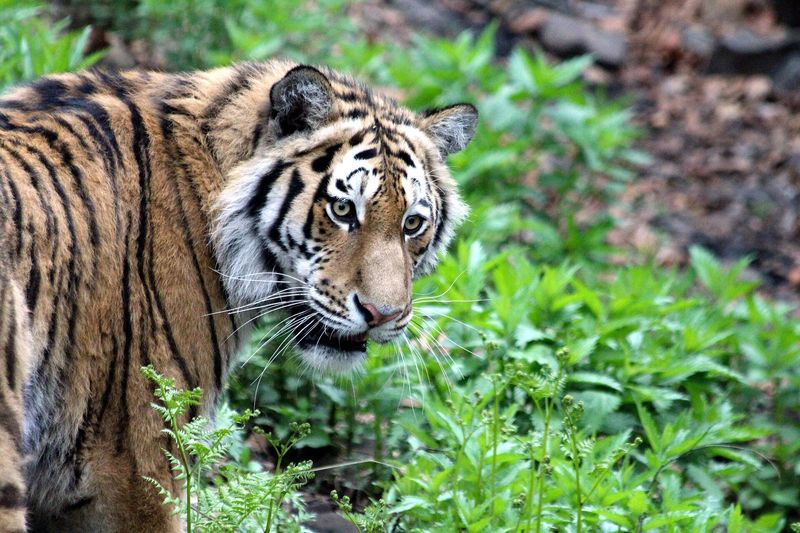
The world’s largest cat was down to just 40 animals in the 1940s. Today, around 500 Siberian tigers roam Russia’s far eastern forests thanks to strict anti-poaching measures.
Camera traps monitor their movements while researchers track their health. Protected prey species like deer and wild boar have also rebounded, ensuring tigers have enough food.
3. Cheetah
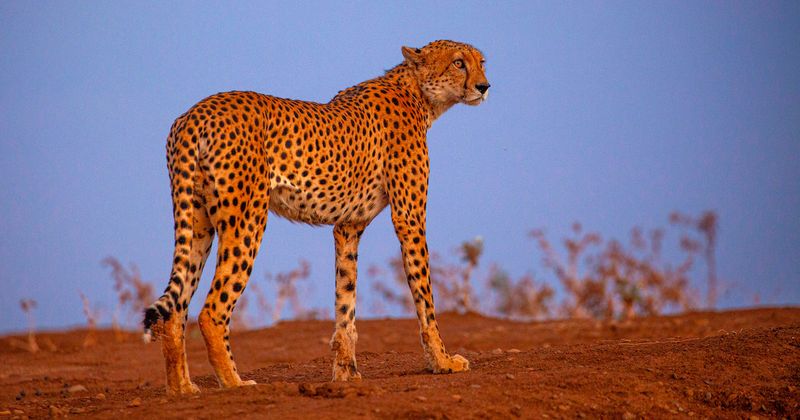
Swift action saved Earth’s fastest land mammal from vanishing in parts of Africa. Conservationists created special reserves where cheetahs can raise cubs away from lions and hyenas that often steal their kills.
GPS collars help rangers track their movements across borders. Community education programs have reduced retaliatory killings by farmers protecting livestock.
4. Lion
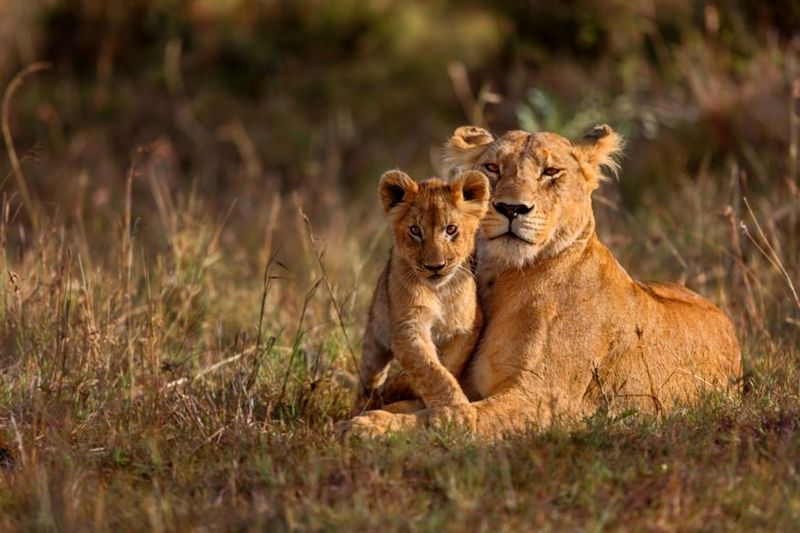
Africa’s iconic big cat is roaring back in countries like Kenya and Tanzania. Lion guardians—warriors from local tribes—now protect the animals they once hunted as a rite of passage.
Better livestock enclosures prevent nighttime raids that led to retaliatory killings. Tourism revenue gives communities economic reasons to preserve these magnificent predators rather than eliminate them.
5. Snow Leopard
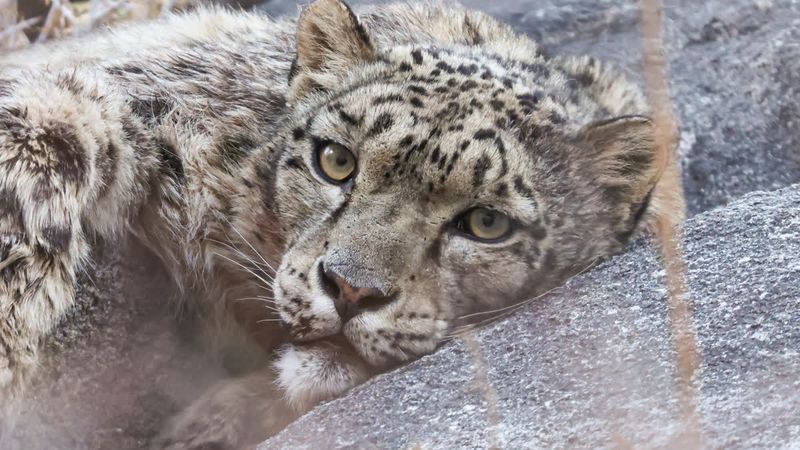
High in Asia’s mountain kingdoms, these elusive ghosts are finding safer havens. Innovative programs compensate herders for livestock losses, reducing revenge killings that once decimated snow leopard numbers.
Camera traps reveal healthy populations in previously unstudied areas. Religious leaders in Buddhist regions have helped by declaring snow leopards sacred, worthy of protection rather than persecution.
6. Jaguar
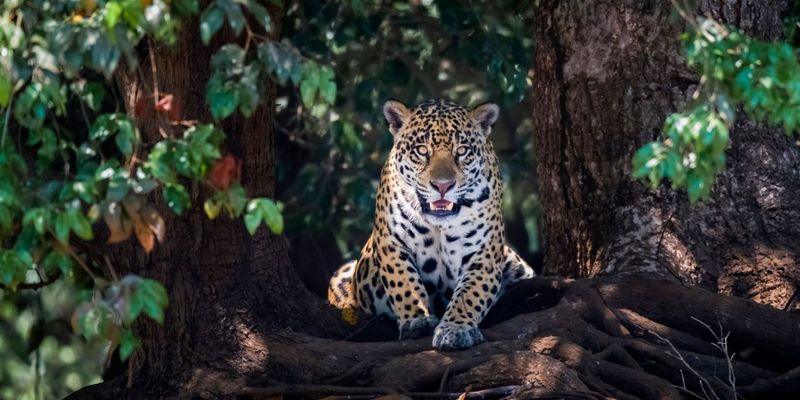
Rainforest royalty is making a comeback across Latin America. The Jaguar Corridor Initiative has created the world’s first continent-wide conservation network for a single species.
Cattle ranchers now use deterrents instead of bullets to protect herds. Ecotourism provides sustainable income for communities protecting jaguar habitat instead of clearing it for agriculture.
7. Puma (Mountain Lion)
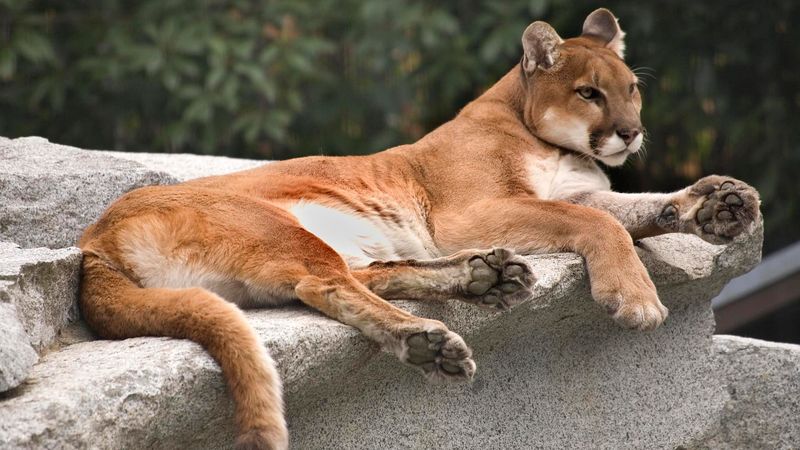
North America’s most widespread big cat is finding new acceptance in human-dominated landscapes. Wildlife crossings over highways have reduced deadly collisions while allowing pumas to expand their territories.
Research showing their ecological importance as apex predators has changed public perception. Some states have banned trophy hunting, giving populations time to recover in areas where they were once eliminated.
8. Caracal
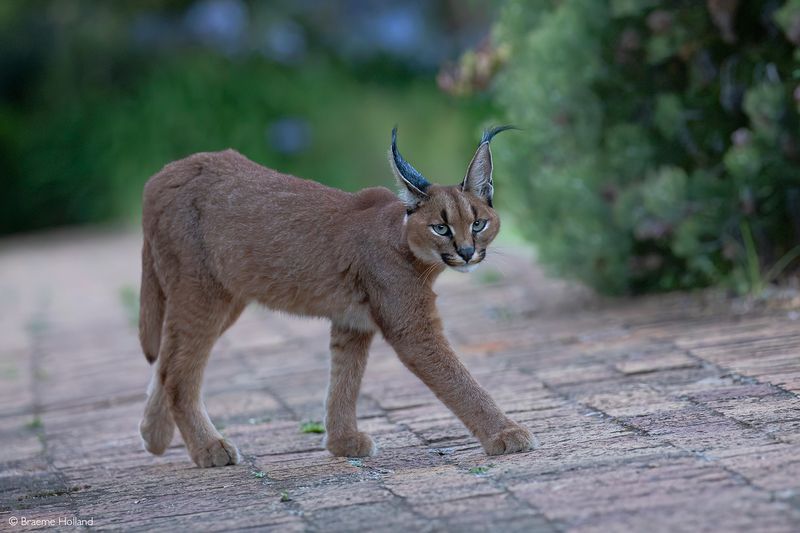
These striking cats with tufted ears are benefiting from expanded protection across Africa and Asia. Once heavily hunted for their beautiful fur, international trade bans have dramatically reduced poaching.
Their adaptability to different habitats helps them survive where other cats cannot. New protected areas in Iran and Turkey specifically include caracal conservation in their management plans.
9. Clouded Leopard
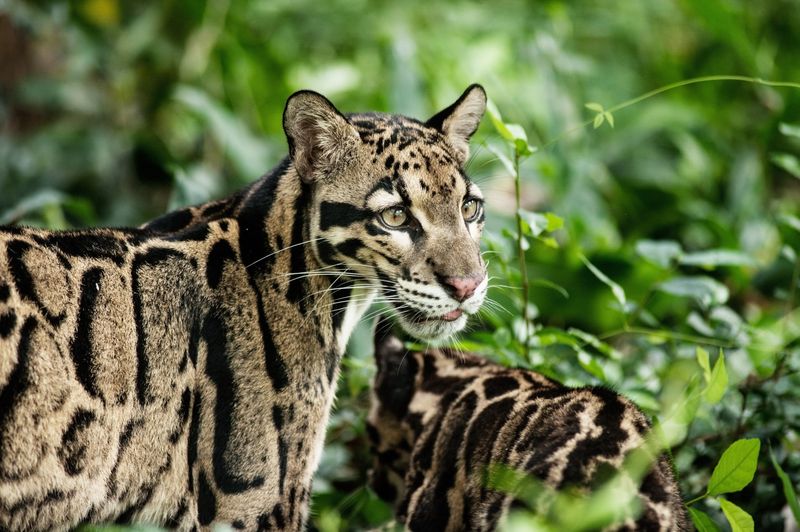
Southeast Asia’s tree-dwelling mystery cat is climbing back from the brink. Named for their cloud-like spots, these medium-sized cats benefit from strict enforcement in Thailand’s national parks.
Advanced genetic research helps conservationists understand population health. Captive breeding programs maintain genetic diversity while wild population studies reveal previously unknown behaviors that aid protection efforts.
10. Bengal Tiger
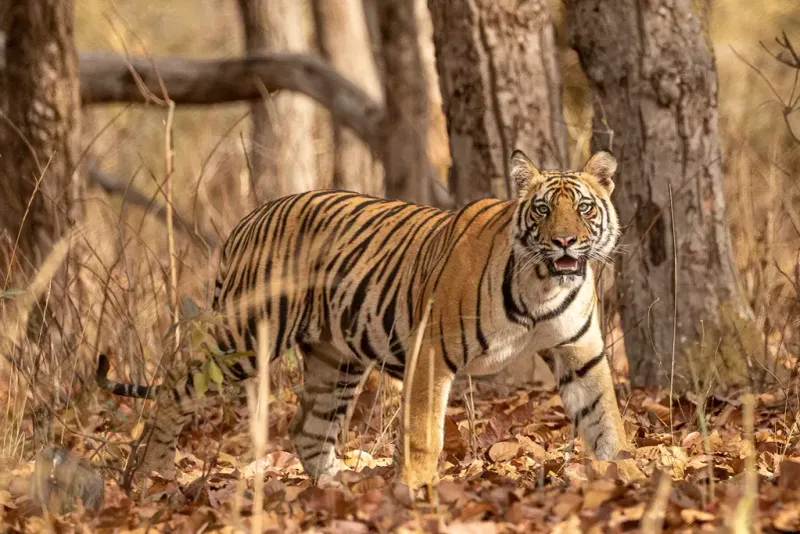
India’s national animal has nearly doubled in numbers since 2006. Project Tiger reserves now cover almost 2% of the country, creating safe spaces for these striped predators to hunt and raise cubs.
Relocated villages reduce human-tiger conflict while providing better living conditions for people. Advanced monitoring using camera traps and DNA analysis helps rangers track individual tigers and prevent poaching.



